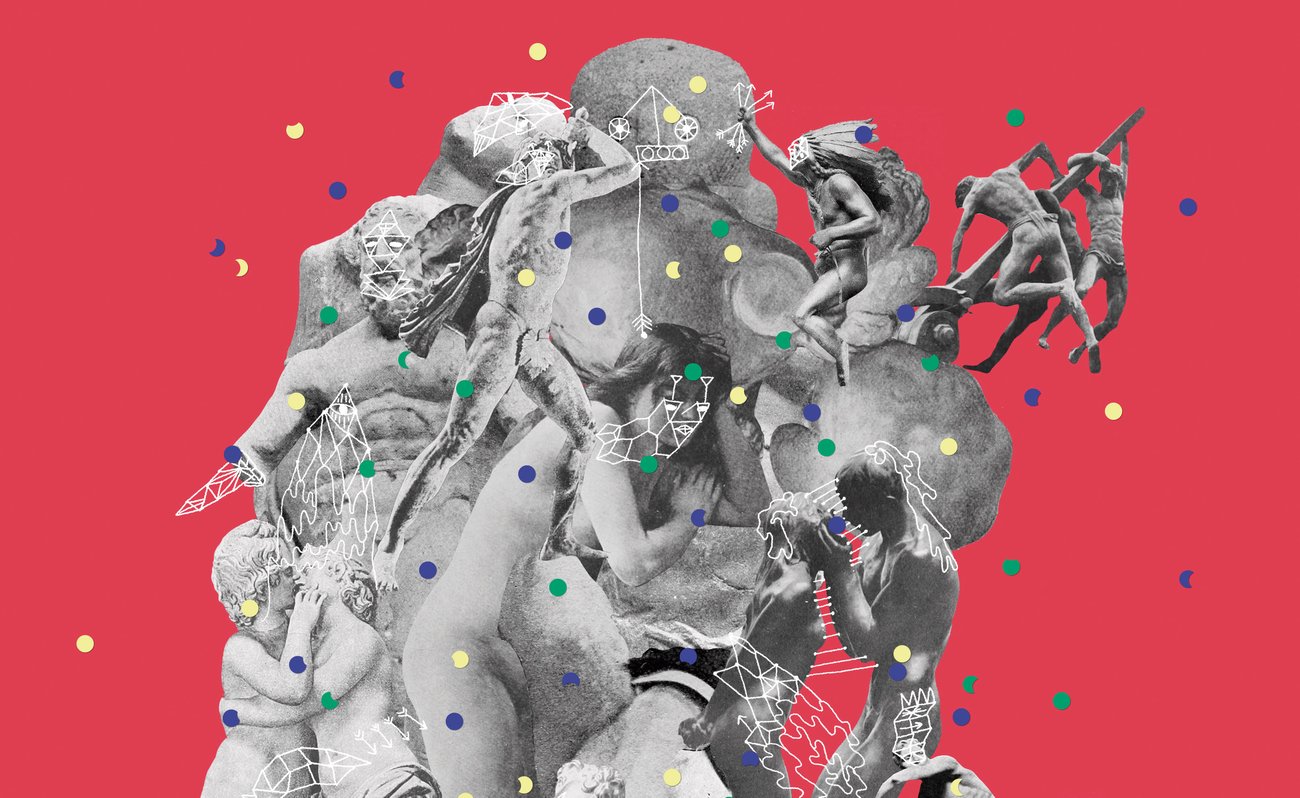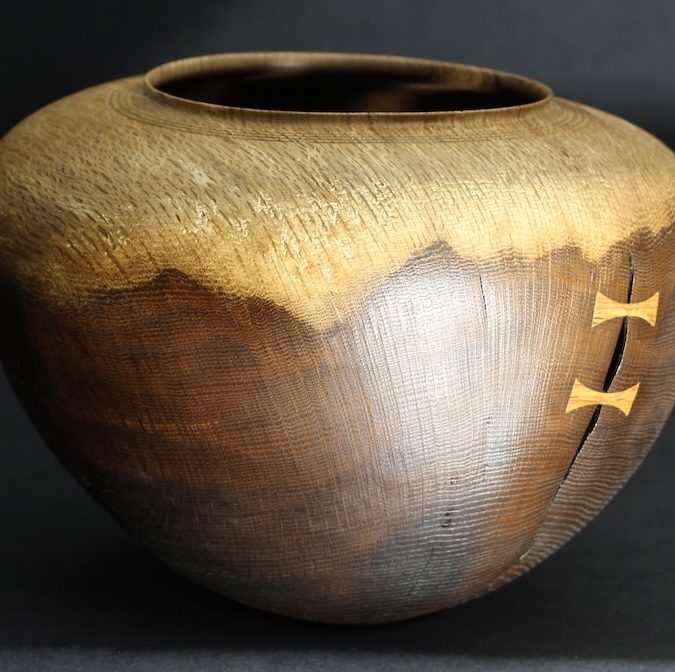
Max-o-matic (Ma?ximo Tuja), is a Barcelona-based “illustrator of collage and organised chaos”. He combines vintage magazine clippings, paper waves of colour, digital ltering and erratic, often angry illustration, and his collages alternate between delicate beauty and brash social critique.
Max-o-matic works as both a practicing artist exhibiting in galleries around the world, and has collaborated with some of the world’s best brands, including Nike, Wired magazine and Gestalten books. This year, he worked with New Zealand fragrance brand Ashley & Co to create a collage to become the basis of the brand’s marketing and point-of-sale material.
We asked Max-o-matic about his process, collaborating with commercial partners and the collage renaissance on the internet.

Illustration for Bloomberg Pursuits
What draws you to collage as a practice?
I started making collage in the mid-nineties, during my early days at university when I was deep into fanzine publishing. I needed images to illustrate the texts I was producing and collage was the best way I found to create those images. I was influenced by punk and dada. But I wasn’t interested in collage as much as I was into the texts, it took me years to move from words to images and place collage in the center of my attention.
Do you work digitally or in analogue with knife, glue and paper?
I work both digitally and analogue. Both ways of approaching collage are different and allow me to expand my visual language in different ways. Analogue is about the physical action of interacting with paper, glue and media; intuition is the force that makes you select an image and work with it, cut it somehow and place it somewhere. It’s fresh and fast. On the contrary, digital collage is closer to design. The possibility of using the internet as an image archive and manipulating sizes, cloning elements, undoing steps and trying different layout options makes it less spontaneous, but allows you to communicate ideas more clearly.
Most of my artistic work – where I focus on expressing personal ideas and feelings – is created by analogue means, and my commercial work – where I focus on communicating something in a more direct way – is created digitally. But this distinction is blurry most of the time.
How does your approach to commissioned work differ from your personal work?
My work as an artist is about putting out, in a visual form, things that happen to me and matter to me at a certain point of my life. The work I make for brands is less personal in the issues it deals with, but it shares the same spirit in terms of how it’s created and how it looks. My style is quite personal and I don’t use illustration techniques that are very different from collage, so the output, artistic or commercial, always has the same visual strength and character. My work with commissioned work, luckily, has been almost always very interesting. I listen carefully to clients and learn from them; during the last twelve years I’ve worked with very talented people and I also improved my work thanks to them.
My collaboration with the Ashley & Co has been a perfect example of this. The feedback I got from them after my first proposal made the collage change and turn into a much more complex, deep and interesting piece. We both took my collage style to a new level, to a place I haven’t been before. I was thrilled when I finished it. My best commercial pieces always come working with creative minds that can push my limits to create something meaningful and new.

Illustration for Ashley & Co
Illustration and collage seem to be going through a renaissance on the internet, especially on social media. Why do you think these practices are resonating with people now?
I guess it’s cyclic – things come and go and now is collage’s time. Soon it’ll be another thing. But it’s quite upsetting how many people are working with this technique and how little new ideas can be seen around. Collage is limited and limitless at the same time, but everyone seems obsessed with the same imagery and similar resources to create similar images.




